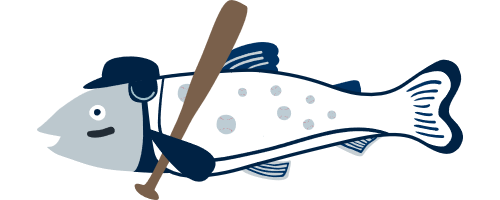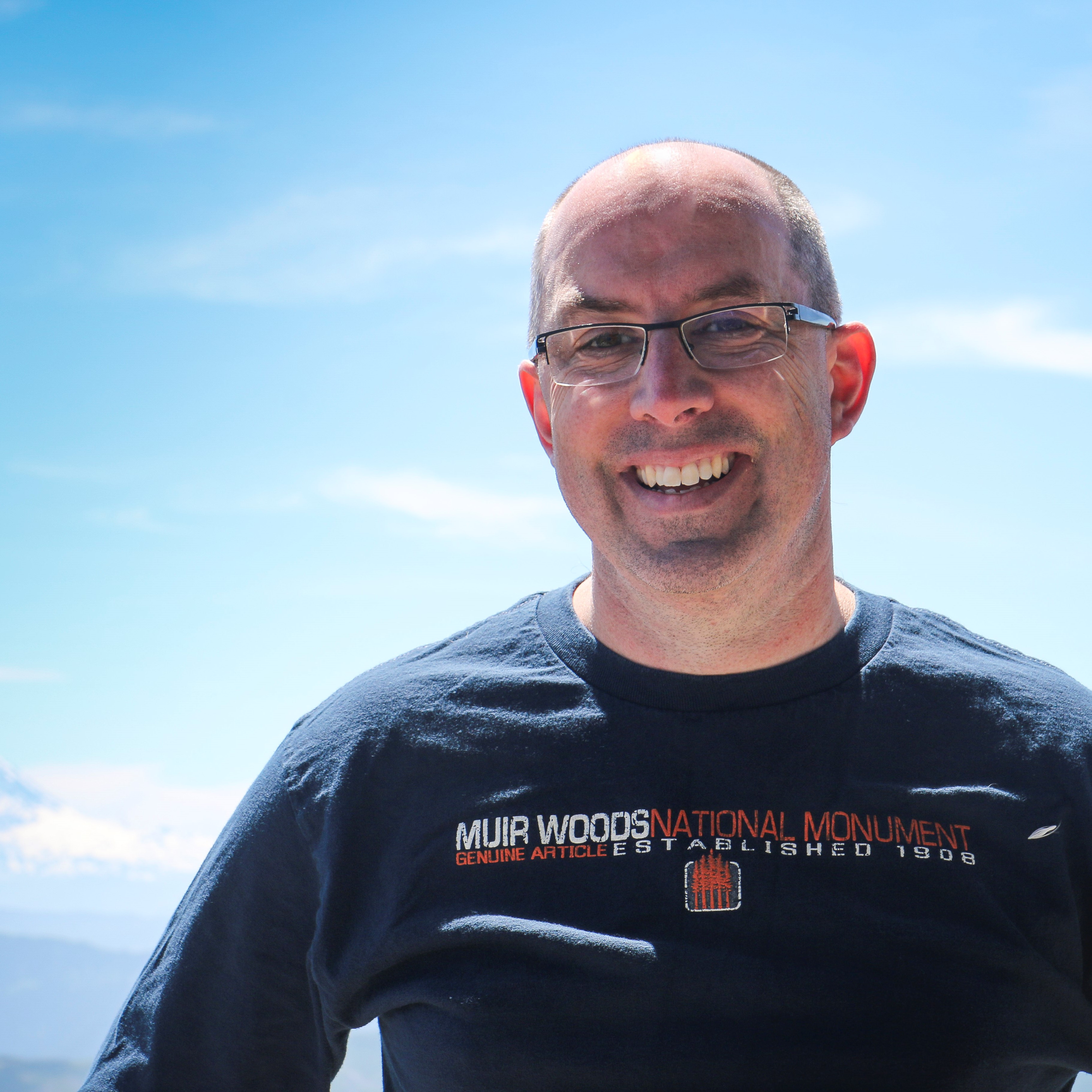How You Can Help Steelhead Survive the Sound
Life as steelhead in Puget Sound can be tough – that was before King County dumped 300 million gallons of wastewater and sewage into the Sound.
During their two-week journey through Puget Sound, only about 20 percent of juvenile steelhead make it to the ocean. Currently, we don’t have a good understanding of why there is such a high mortality rate. This information is critical if we want to be successful in our effort to increase the population of both salmon and steelhead in Puget Sound.
There is a fantastic new, private effort to help understand the obstacles faced by steelhead in the Sound. And you can be part of it.
Long Live The Kings (LLTK), a group who previously received our Environmental Innovator Award, is launching an effort called “Survive the Sound,” to tag and track steelhead as they move through Sound. By tracking their movement, scientists can determine the potential cause of death.
On their web page, LLTK explains how the technology works:
“Steelhead maintain a relatively consistent speed and trajectory as they race to the Pacific Ocean. When tracking data show that they’ve deviated from that path or speed, it means they’ve likely encountered some sort of obstacle during their migration. The obstacle could be a physical barrier, an encounter with a predator, a decline in health related to disease, and/or a variety of other things.”
A network of sensors around the Sound, including some on harbor seals, track the salmon. The data can then be analyzed to add a piece of the puzzle to understanding the decline in steelhead population.
This is where you come in.
By visiting the Survive The Sound, you can spawnsor (get it?) a fish for $25 and track it as it moves through Central Puget Sound or the Hood Canal. By contributing, you will not only add to our knowledge of Puget Sound science, you will have the opportunity to win great prizes.
 I was proud to be one of the first to contribute to this effort last October when it was announced. Today, I sponsored two more fish – Fishy McFishface and Eddy Gar (Opening Day is only a week away!).
I was proud to be one of the first to contribute to this effort last October when it was announced. Today, I sponsored two more fish – Fishy McFishface and Eddy Gar (Opening Day is only a week away!).
It is a fantastic example of the iPhone environmentalism that is playing a growing role in environmental efforts.
As serious as King County’s sewage overflow is, most environmental impact today is from small, distributed sources. The 1970s EPA approach of focusing on large sources of pollution, like outfalls or smokestacks, is outdated and isn’t appropriate to today’s environmental issues.
Technology, however, allows us not only to address distributed environmental problems effectively, but puts power in the hands of people, not bureaucracies. Efforts like Survive the Sound harness the best of the free market and technology. People with disposable income can contribute to a great private effort and use technology to aggregate information and then act on it.
We will provide updates as the fish begin their journey on May 8. You have until then to sponsor a fish, and if you sponsor a fish before April 5, you will be entered to win a trip to Alderbrook Resort. I hope you’ll join me to support this great effort to promote science and steelhead.





